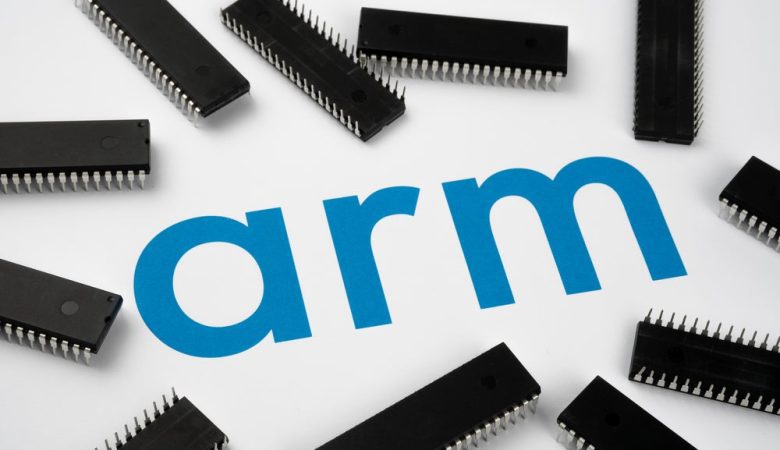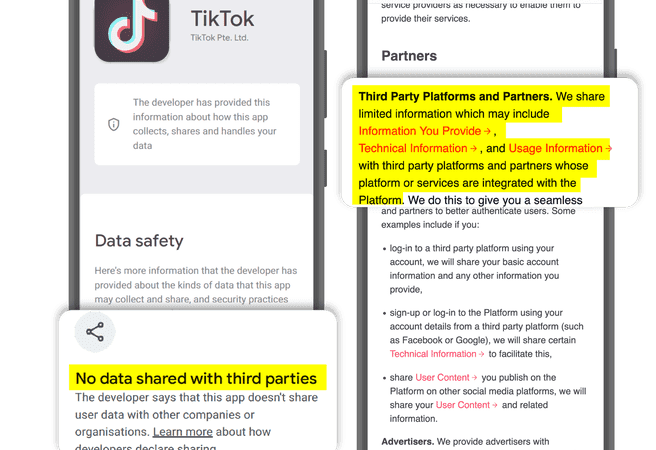
It is estimated that by 2025, the IoT industry is expected to have an economic impact of US $ 11 trillion, and at the same time, there will be as many as 75 billion IoT devices in the hands of consumers around the world. These are extraordinary numbers, but they are likely to be realistic. In many cases, IoT-enabled devices are cost-effective, easy to manufacture and deploy, and have a significant impact. So let’s take a closer look at what this impact looks like and how the Internet of Things can directly promote economic development.
To do this, we first need to understand the specific features supported by IoT deployments and explore how they translate into economic development. The Internet of Things has many professional and unconventional features, but most of them can be categorized as follows.
Remote monitoring
You can monitor anything remotely, from monitoring the performance and condition of entire utility grids, agricultural areas or entire cities, to the performance and condition of medical devices implanted in patients. From micro to macro, remote monitoring has ever-changing applications, which in turn makes the performance of the equipment more efficient, generates new intelligence for future development, and reduces the resources required to perform manual monitoring. All these factors can promote economic development.
Predictive maintenance
Predictive maintenance combines proactive identification of basic maintenance tasks and the integration of remote monitoring with the actual task of keeping equipment in optimal condition. This, in turn, will keep the equipment in optimal condition for a long time and reduce the accidents that affect operations-both have a positive impact on profit growth.
Asset tracking
Asset tracking involves remote monitoring of equipment and fleets, enabling significant resources to benefit from more dynamic and flexible allocations, thereby reducing theft and incidents. Again, this helps companies explore new sources of revenue and reduce incidents that could hurt profit growth.
Next, we need to consider different methods of measuring economic impact. The Internet of Things has substantial positive impacts on four major economic impacts: GDP growth, growth distribution, labor market, as well as regulation, rent-seeking and competition.
In terms of GDP growth (it may be the most obvious indicator to measure the economic impact), the Internet of Things is definitely an integral part of digital transformation, which in turn can promote the growth of enterprises and the entire economy in various ways. . (From IoT Home Network) It can help them operate more effectively, develop new products and services, and build new and productive partnerships. According to Frontier Economics, a 10% increase in machine-to-machine interactions could increase US GDP by $ 2.3 trillion in 30 years.
Distribution of growth is considered a more useful method of measuring economic impact because it allows better comparison of economies of different sizes. As highlighted in an article on the popularity of the Internet of Things, approximately 40% of the value of IoT applications is expected to occur in developing economies, although this is a technology that benefits more advanced economies. The adoption of the Internet of Things has had a positive economic impact on a wide range of economies.
The Internet of Things is driving the labor market in a number of ways. As an emerging technology, it is creating new jobs in various fields, from design and development to installation and maintenance. It must be emphasized that IoT deployments often involve automating manual tasks and therefore may lead to unemployment, but these are offset by more technology-centric positions.
Finally, in terms of regulation, rent-seeking, and competition, IoT deployments can drive the development of new regulations and enhance competition in a variety of ways to increase productivity. The economic impact of the Internet of Things has just begun to be understood-we can be sure that it is broad, dynamic, and has the potential to change the world.











